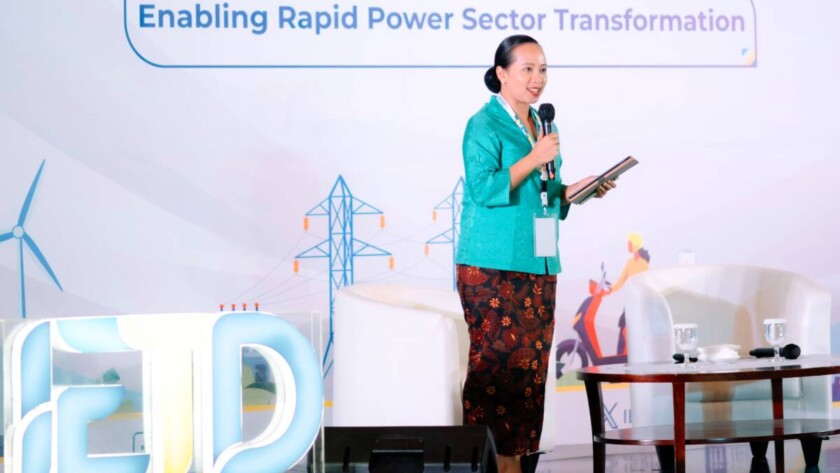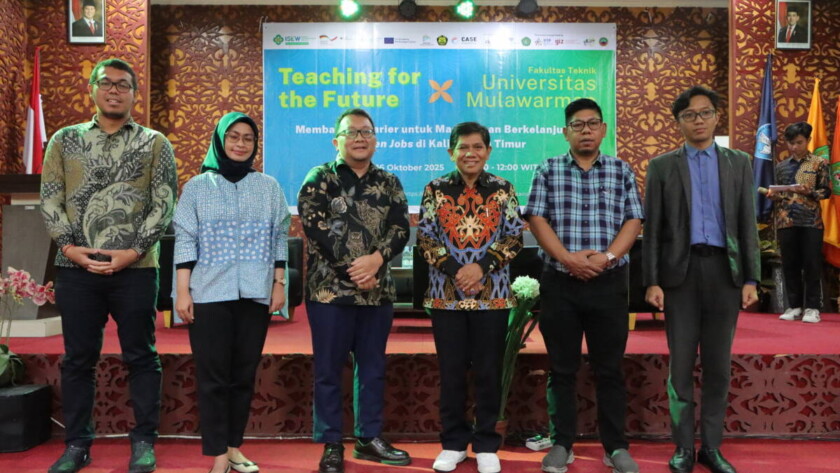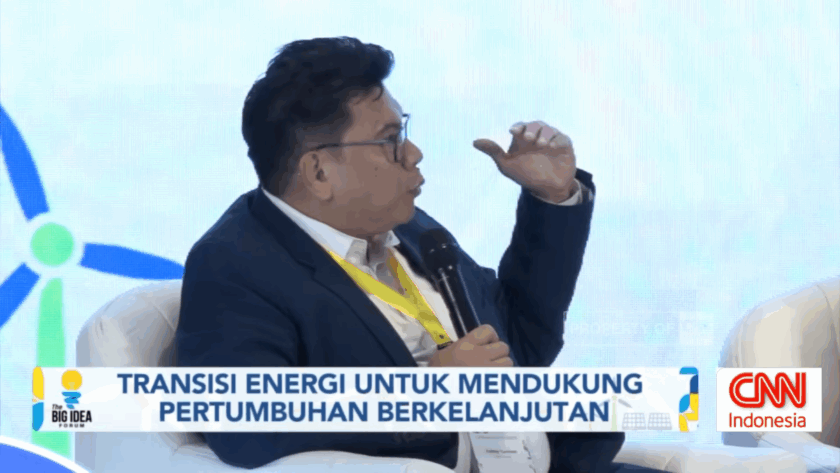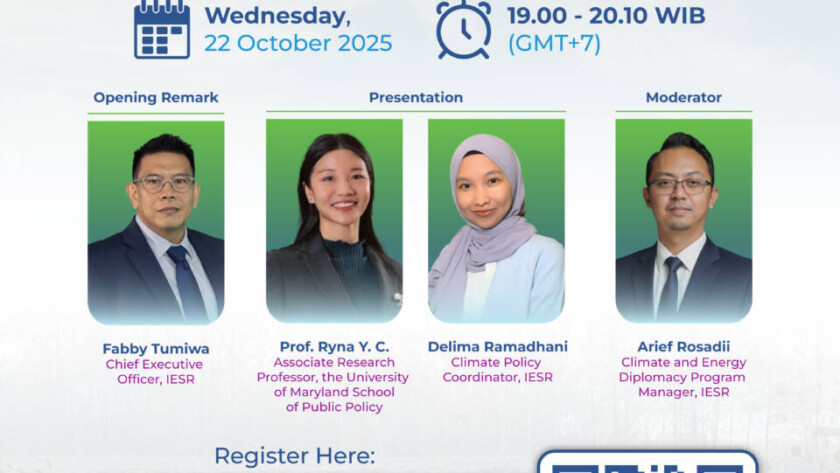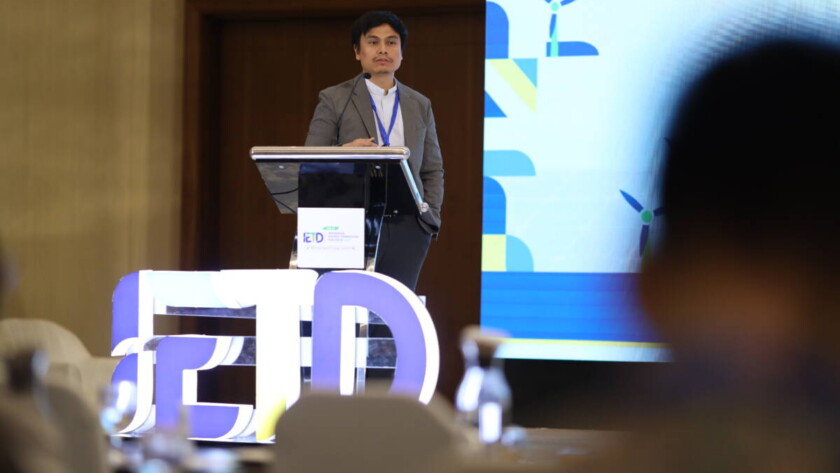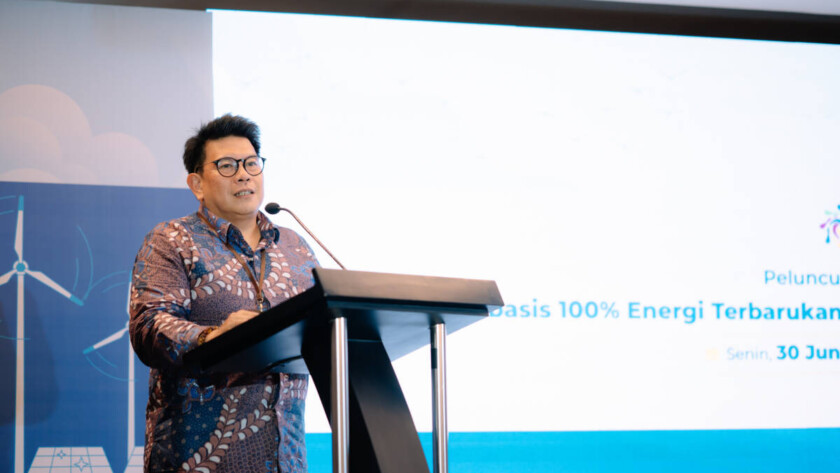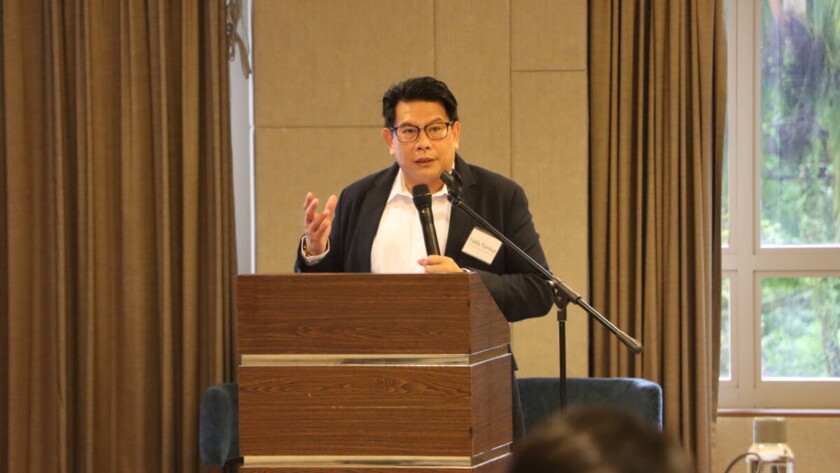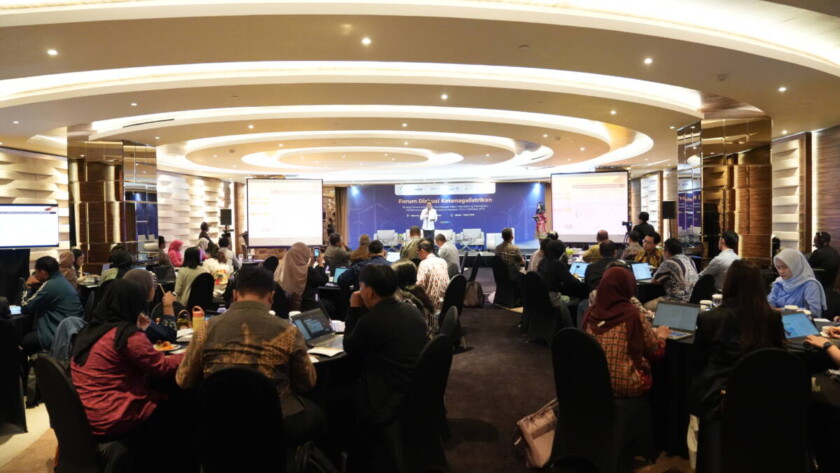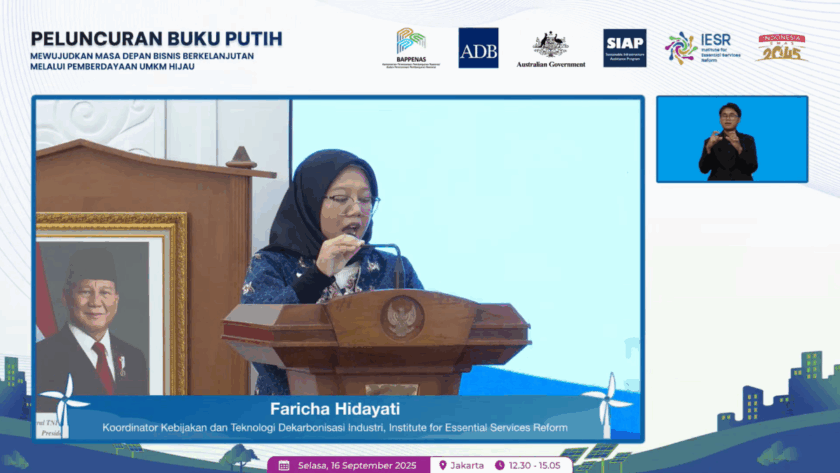Jakarta, October 27, 2025 — The Southeast Asia Energy Transition Collaborative Network (SETC) urges ASEAN leaders to follow up on the outcomes of the 43rd ASEAN Ministers on Energy Meeting (AMEM) with concrete initiatives at the upcoming ASEAN Summit 2025.
In the Regional Dialogue, "Realizing the ASEAN Vision 2045: From Vision to Implementation Through the Southeast…
